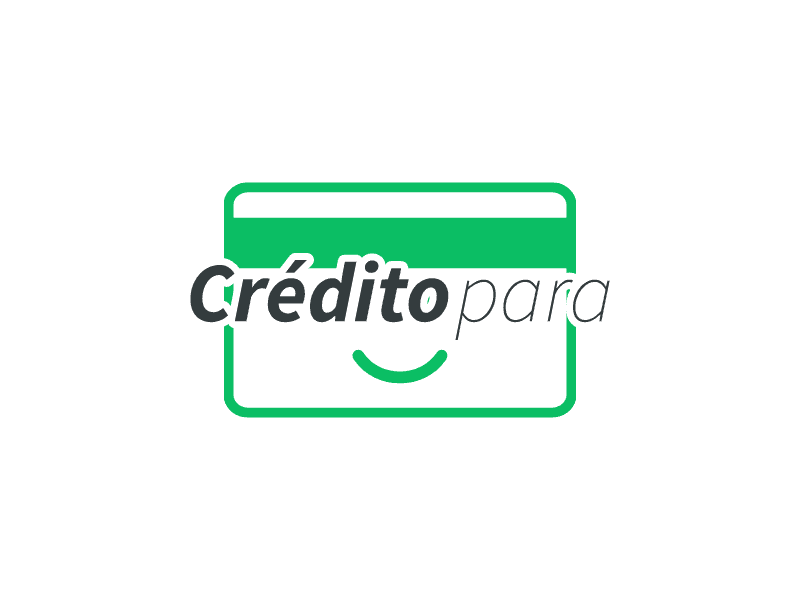Investing wisely is crucial to making the most out of your 401(k). Understanding the right investment strategies can significantly boost your retirement savings and ensure financial stability in your golden years. This comprehensive guide will explore various techniques to maximize the returns on your 401(k) plan, providing you with the knowledge and confidence to make informed financial decisions.
Anúncios
Tackling the task of optimizing your retirement savings might seem daunting, but with the right approach, it can be an empowering and rewarding process. From strategic asset allocation to regular portfolio evaluations, each step you take contributes significantly to the overall performance of your 401(k).
Understanding the basics of your 401(k) Plan

Before diving into intricate strategies, it is important to grasp the foundational aspects of your 401(k) plan. Typically offered by employers, a 401(k) provides tax advantages that enhance your savings. Contributions made to your 401(k) are usually tax-deferred, meaning you do not pay taxes on the money until you withdraw it at retirement age. This allows for tax-free growth over time, maximizing your investment potential.
Anúncios
One of the most significant benefits of a 401(k) is the potential for employer match contributions. Many employers offer to match a percentage of your contributions, effectively doubling your savings at no additional cost to you. To take full advantage of this, it is crucial to contribute enough to at least maximize your employer’s matching offer, as failing to do so leaves free money on the table.
Asset Allocation and Diversification
Diversifying your investments is a critical strategy to minimize risk and maximize returns. Asset allocation involves distributing your investments across various asset classes such as stocks, bonds, and cash. This strategy balances risk and reward by adjusting the proportion of each asset type in your portfolio based on your risk tolerance, investment horizon, and financial goals.
- Stocks: Generally offer higher growth potential, making them ideal for younger investors with a longer time horizon.
- Bonds: Provide stability and lower returns, making them a good choice for those nearing retirement.
- Cash or Cash Equivalents: Offer the lowest return but provide liquidity and security for short-term financial needs.
A well-diversified portfolio helps mitigate the impact of market fluctuations, ensuring long-term stability and growth. As you get closer to retirement, shifting to a more conservative asset allocation can help protect your accumulated wealth.
Utilizing Target-Date Funds
Target-date funds are a convenient investment option available in many 401(k) plans. These funds automatically adjust the asset mix as you approach retirement, becoming more conservative over time to mitigate risk. This hands-off approach is ideal for investors who prefer a simplified way to manage their retirement savings.
When selecting a target-date fund, consider the specific retirement date and how it aligns with your personal financial goals. While these funds are designed to be a one-stop investment solution, it is still essential to monitor their performance and associated fees to ensure they align with your broader retirement strategy.
Maximizing Contributions and Catch-Up Strategies
Contributing the maximum amount allowed to your 401(k) is one of the most effective ways to build wealth for retirement. For the year 2023, the contribution limit for employees under 50 is $22,500, while those over 50 can contribute an additional $7,500 as catch-up contributions.
If you started saving for retirement later in life or feel that your savings are below target, catch-up contributions provide an excellent opportunity to boost your nest egg in the years leading up to retirement. Prioritizing higher contributions during peak earning years can significantly impact the total amount available for withdrawal in retirement.
Regularly Reviewing and Adjusting Your Plan
Your investment strategy should not be static. Economic conditions, personal life events, and market performance can all influence your retirement plan. Therefore, it is essential to review and adjust your 401(k) strategy regularly.
- Annual Review: Aim to review your plan at least once a year to assess whether your investments are still aligned with your financial goals.
- Life Changes: Major life events such as marriage, childbirth, or career changes should prompt a reassessment of your contribution levels and investment choices.
- Market Performance: Keeping an eye on the market allows you to make informed decisions about rebalancing your portfolio, ensuring you maintain the right asset allocation.
Staying informed about changes in tax laws and retirement regulations is also crucial to optimizing your savings. Adjustments in tax policy can impact withdrawal strategies, required minimum distributions (RMDs), and overall retirement planning.
Taking Advantage of Roth 401(k) Options
Many employers now offer Roth 401(k) options alongside traditional 401(k) plans. Unlike traditional 401(k) contributions, Roth 401(k) contributions are made with after-tax dollars. While this means you won’t receive an upfront tax break, your withdrawals in retirement will be tax-free, provided you meet the qualifying conditions.
A Roth 401(k) can be especially beneficial for younger workers who expect to be in a higher tax bracket in retirement. By paying taxes on contributions now, you can avoid potentially higher taxes on withdrawals in the future. Diversifying between a traditional and Roth 401(k) can also provide tax flexibility in retirement, allowing you to strategically withdraw funds based on your future tax situation.
Avoiding Common Pitfalls
While maximizing your 401(k) can set you up for a secure retirement, there are some common mistakes to avoid:
- Not Contributing Enough for Employer Match: Missing out on employer match contributions is akin to leaving free money on the table.
- Ignoring Fees: Some 401(k) plans have high administrative or fund fees that can eat into your returns over time. Be mindful of the costs associated with your investment choices.
- Taking Early Withdrawals: Withdrawing funds before the age of 59½ can result in penalties and taxes, significantly reducing your savings.
- Overlooking Beneficiary Designations: Ensure your designated beneficiaries are updated to reflect major life events and estate planning needs.
The Future of 401(k) Investing
As financial markets evolve, so do retirement investment strategies. The growing availability of automated investment tools, robo-advisors, and AI-driven financial planning resources is making retirement investing more accessible and efficient. Additionally, legislative changes aimed at improving retirement security—such as expanded employer contributions and incentives for low-income earners—continue to shape the 401(k) landscape.
Employers are also enhancing their offerings by integrating more personalized investment options, providing financial wellness programs, and incorporating Environmental, Social, and Governance (ESG) funds for socially conscious investors. Staying informed about these advancements can help you make better decisions regarding your retirement savings.
Conclusion
Maximizing your 401(k) savings requires a well-thought-out strategy that includes understanding your plan’s features, diversifying investments, maximizing contributions, and regularly reviewing your portfolio. By implementing these practices, you can optimize your retirement savings and ensure a more secure financial future.
The journey to a well-funded retirement involves careful planning and strategic decision-making. Staying educated, remaining proactive, and seeking professional financial advice when necessary can help tailor your approach to your unique financial situation and goals. The financial choices you make today will play a crucial role in securing a comfortable and stress-free retirement, ensuring peace of mind in your later years.on-making. Stay educated, remain proactive, and consider seeking professional advice to tailor your approach to your unique financial situation and objectives. Your future self will thank you for the efforts and decisions you make today.

